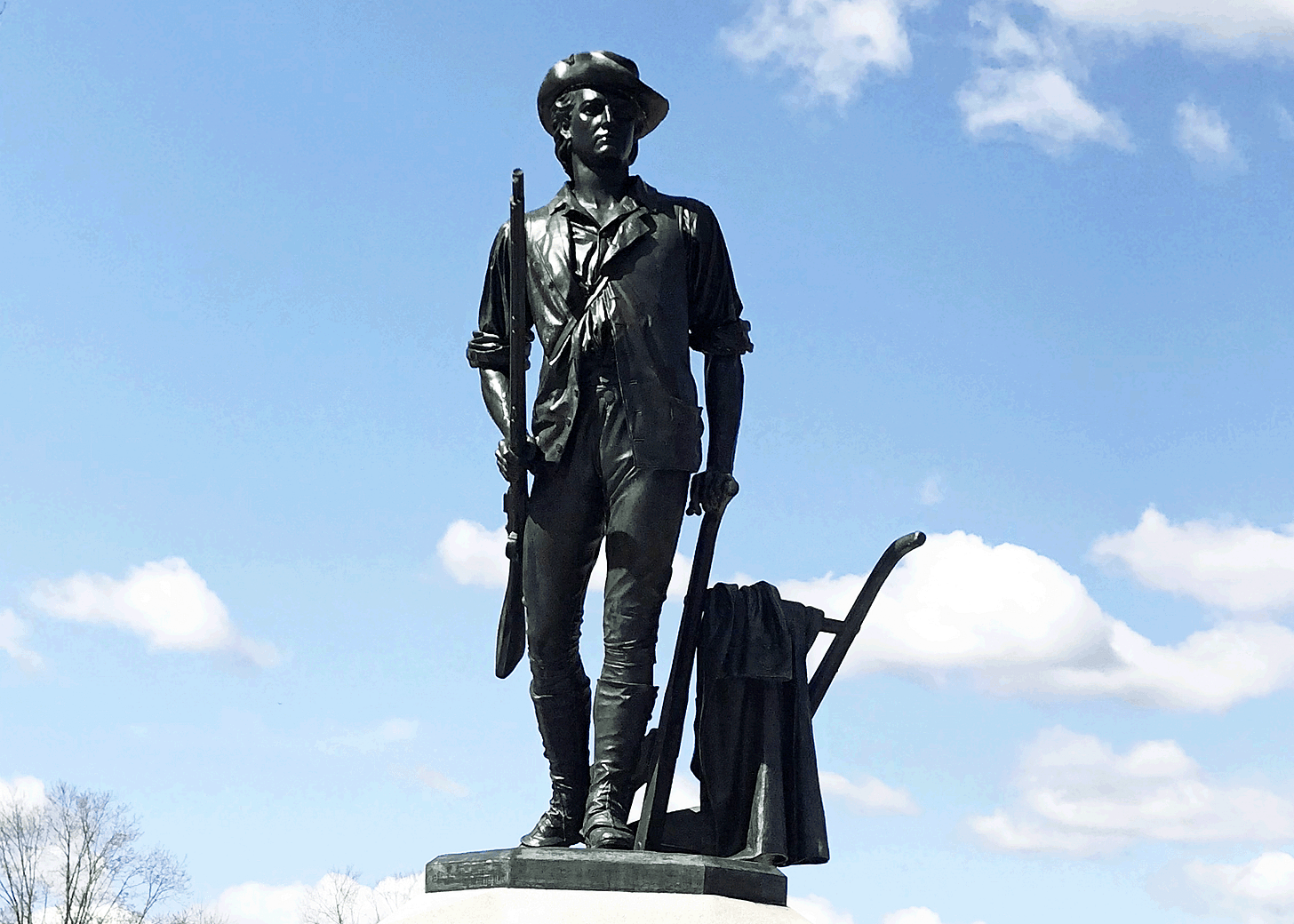Fox News Calls Two Guys A 'Militia'
A militia is not a couple of guys who allegedly take action on their own, rather than under the orders of officers appointed over them by a state, county, or municipal government.
On June 10, Fox News’ Adam Shaw reported that “Two militia members who are accused of planning to shoot at Border Patrol agents and illegal immigrants in an effort to ‘start a war’ at the southern border have been indicted by a federal grand jury.”
If the accusations are supported by the facts, credit to the grand jury for doing its duty. But, in no way, shape, or form do any two people constitute a “militia.”
Throughout American and earlier English history, militias have always been groups organized under some level of elected government, to assure that their actions are consistent with the wishes of the people in their communities. For example, the Fairfax County (Virginia) Militia fought under Gen. George Washington during the American war against English tyranny, begun on April 19, 1775, when government troops intending to confiscate Americans’ small arms and artillery fired upon our militiamen in Lexington, Massachusetts and at the North Bridge in nearby Concord (a decision they soon came to regret).
George Mason, on whose Virginia Declaration of Rights the Declaration of Independence and Bill of Rights were modeled, said the militia “is the whole people” and that “to disarm the people” was the “most effectual way to enslave them.”
In 1792, Congress adopted the Militia Act, which, as amended (10 USC 246), today defines the Militia of the United States to include the National Guard when led by state governors (i.e., not when federalized) and able-bodied males ages 17-44 who are not in the National Guard.
Article One, Section Eight, Clause 15 of the Constitution authorizes Congress “To provide for calling forth the Militia to execute the Laws of the Union, suppress Insurrections and repel Invasions.”
The Second Amendment, adopted to guarantee the right of the people to be armed for defense against tyranny, refers to the militia being “well regulated.” Contrary to what civilian disarmament agitators claim, “well regulated” doesn’t mean “restricted by gun control laws,” such as by banning AR-15s, transforming the arguably unconstitutional (and largely useless) firearm-purchase background check system into a firearm registry (to be used to enforce gun confiscation at a later date), requiring that guns can be remotely disabled by the government (“smart” guns), and prohibiting young adults from buying guns with which to defend themselves and their nuclear families.
In founding-era America and in England previously, “well regulated” meant (therefore still means) well-equipped, well-trained, and well-led. For example, in The Federalist #29, Alexander Hamilton wrote:
If circumstances should at any time oblige the (federal) Government to form an army of any magnitude, that army can never be formidable to the liberties of the People, while there is a large body of citizens, little, if at all, inferior to them in discipline and the use of arms, who stand ready to defend their own rights, and those of their fellow-citizens.
In The Federalist #46, future president James Madison, who introduced the Bill of Rights in Congress, wrote:
Let a regular army, fully equal to the resources of the country be formed; and let it be entirely at the devotion of the federal government; still it would not be going too far to say, that the state governments with the people on their side would be able to repel the danger.
Based upon the population of the country at the time, Madison continued:
The highest number to which, according to the best computation, a standing army can be carried in any country, does not exceed one hundredth the whole number of souls; or one twenty-fifth part of the number able to bear arms. This proportion would not yield in the United States an army of more than twenty-five or thirty thousand men. To these would be opposed a militia amounting to near half a million of citizens with arms in their hands, officered by men chosen from among themselves, fighting for their common liberties, and united and conducted by (state and local) governments possessing their affections and confidence.
Shaw normally focuses on immigration and border security issues; he isn’t a Second Amendment subject matter expert. So maybe we can give him a pass for misusing “militia” to describe the two guys indicted by the grand jury.
Also, he may have been misled by how the word has appeared in the news previously. For years, every so often, handfuls of self-important goofballs who put on camouflage pants, run around in the woods playing “Army” with delusions of grandeur, and make headlines by doing something stupid, have referred to themselves as “militias.” And the leftist mainstream media have been happy to report their foolishness, in the hope it discredits the armed citizenry in general.
Of course, at the moment, good Americans are facing issues more pressing than the definition of “militia.” But depending on how those issues play out, knowing what a militia is (and is not) should help us understand how the Framers intended us to resolve certain kinds of problems, as Hamilton might have put it, “if circumstances oblige.”
Copyright © 2023 Mark Overstreet



